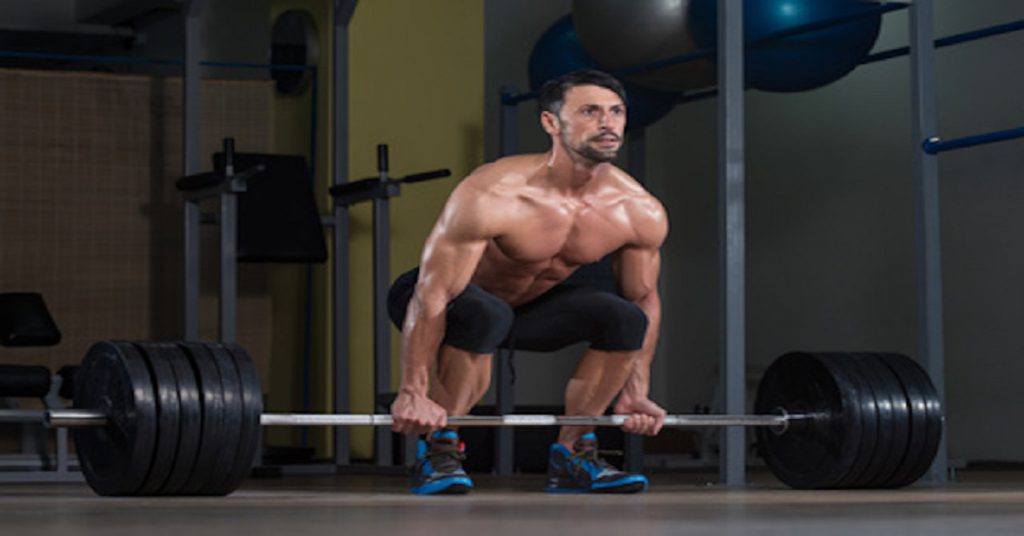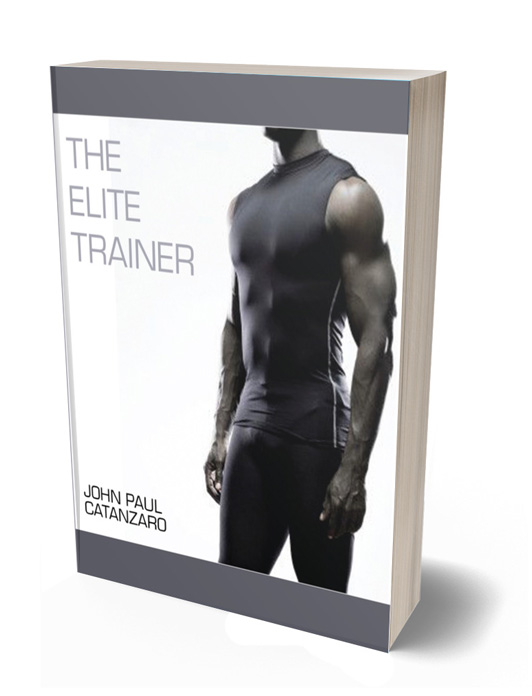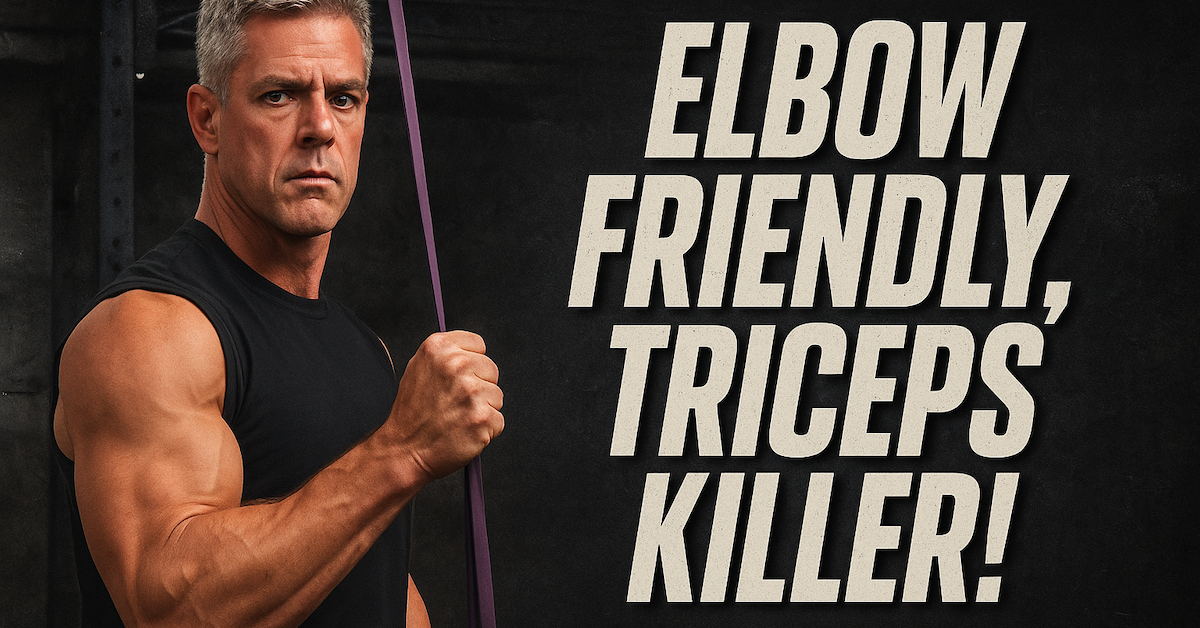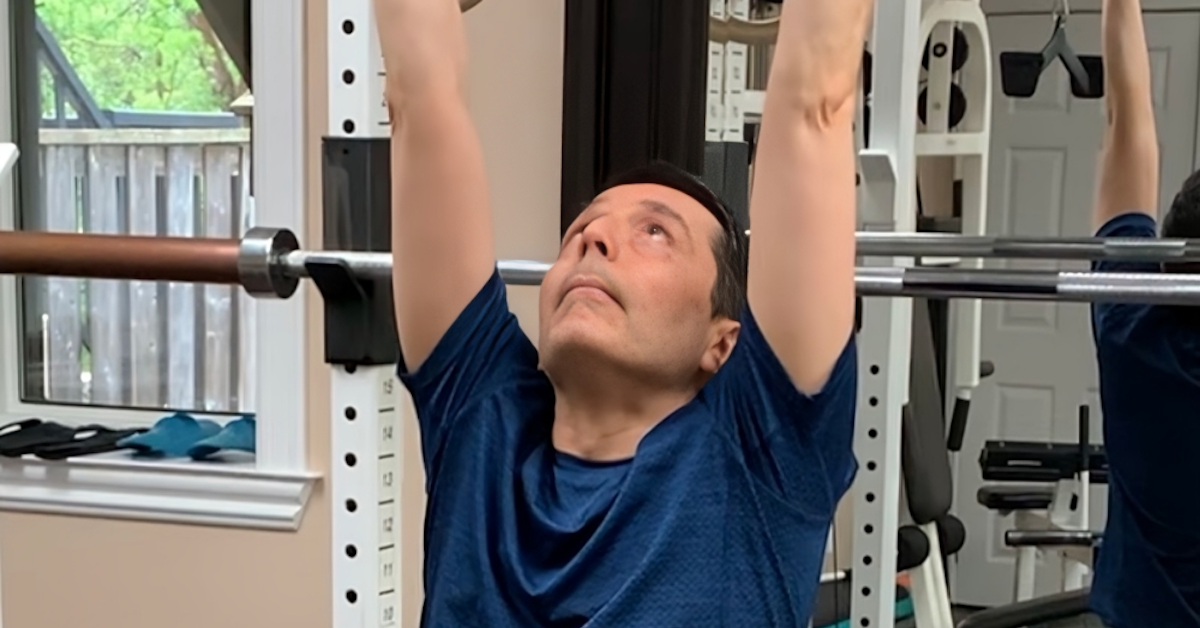When it comes to squats and deadlifts, you can analyze knee mechanics in great detail—or keep it simple. Let’s take the easy route:
- Olympic Front or Back Squats → Maximum knee bend
- Semi-Stiff-Leg Deadlifts or Good Mornings → Minimal knee bend
- Power Squats or Bent-Knee Deadlifts → Somewhere in between
While individual structural differences play a role, the key is maintaining a neutral spine and a braced core.
Old Rules and New Trends
For years, lifters have been told not to let their knees pass their toes during squats and deadlifts. While this rule has merit in some cases, it doesn’t apply across the board.
🔹 Full squats provide many benefits but aren’t suitable for everyone. In hypermobile individuals, limiting the range of motion may be a better approach (here’s why).
🔹 Bent-knee deadlifts require a fair amount of knee bend! They are not the same as semi-stiff-leg deadlifts. Yet, there’s a growing trend of treating all deadlifts like stiff-leg deadlifts, shifting most of the movement to the hips.

🔹 Another trend is excessive outward knee drive during squats and deadlifts. While this cue can help in some situations, it isn’t universally necessary. For most lifters, the safest approach is to have the knees track over the middle toes (see The Elite Trainer, page 65, for insights on muscle imbalances during squats and how to correct them).
Take-Home Message
The optimal knee bend for squats and deadlifts depends on the individual, their structure, and their goal. Instead of rigid rules or trendy techniques, use an approach that best fits the situation and the lifter. Flexibility in training leads to better results.

The Elite Trainer: Strength Training for the Serious Professional
The Elite Trainer is the go-to resource for strength coaches, personal trainers, and serious lifters who want to master program design. Covering everything from sets and reps to tempo, rest, and periodization, this book gives you the tools to create individualized programs that deliver results. Packed with proven methods, expert insights, and over 100 exercise illustrations, it’s a must-have reference for anyone serious about strength training.

Standing Band Pressdowns: The Joint-Friendly Triceps Builder
If you want bigger, stronger arms but struggle with elbow pain or can’t seem to get the right triceps activation

Target Your Rear Delts Like Never Before
If you’ve struggled to feel your rear delts working—or to fill in that rear delt gap—this variation of the bent-over

Leo’s Chin-Up Journey (Day 1): From Zero to Hero
Can’t Do a Chin-Up? Neither Could Leo… But That’s About to Change. Leo started training with me back in September.
follow
Error: No feed with the ID 2 found.
Please go to the Instagram Feed settings page to create a feed.
